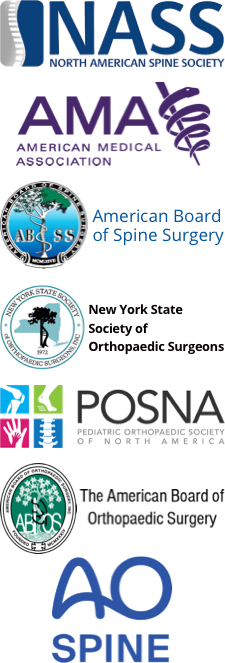Can you guess what sport causes the most injuries in young women? The answer may surprise you: it’s cheerleading, specifically the competitive side of the sport — which has accounted for more than 70 percent of catastrophic injuries in women’s college sports over the past 20 years.
According to the Orthopedics Institute at Children’s Hospital Colorado, the most common cheerleading injuries in young women are:
- Strains and sprains of the neck, lower back, knee, and wrist
- Back injuries, including pain and stress fractures to the vertebra
- Concussions and other head injuries
Cheerleading, though considered a competitive sport by colleges and schools all over the country, is not recognized by the NCAA and does not have enforced safety regulations. Several groups have emerged over the years to regulate the sport and provide guidance to cheerleaders, coaches, parents, and schools, including the American Association of Cheerleading Coaches and Administrators and the National Council for Spirit Safety and Education.
Interestingly, cheerleading injuries tend to be even more severe than other sports injuries. It’s important to take safety precautions, starting by training with a certified coach:
- Enforce supervision at all times during stunt routines
- Perform resistance exercises to gain strength in the lower back, stomach and shoulders
- Include regular stretching, yoga, or Pilates to improve flexibility
- Consult with a sports medicine professional or athletic trainer
- Participate only after being cleared by a healthcare professional
The Washington Post recently spoke to Jim Lord, executive director of the American Association of Cheerleading Coaches and Administrators, who said that the sport has come “a long way in addressing deficiencies noted by the Academy of Pediatrics, [and] the number of catastrophic injuries has dropped every year since 2005-06.”
It’s clear that steps are being taken to prevent injury. However, it’s as important as ever that all cheerleaders have access to an athletic trainer, and that teams have an emergency plan in place if injury occurs.
I agree with Mr. Lord and I hope that all participants continue to take safety precautions to protect themselves. If you have any questions or concerns about safety, I suggest consulting your child’s coach or a medical professional.









